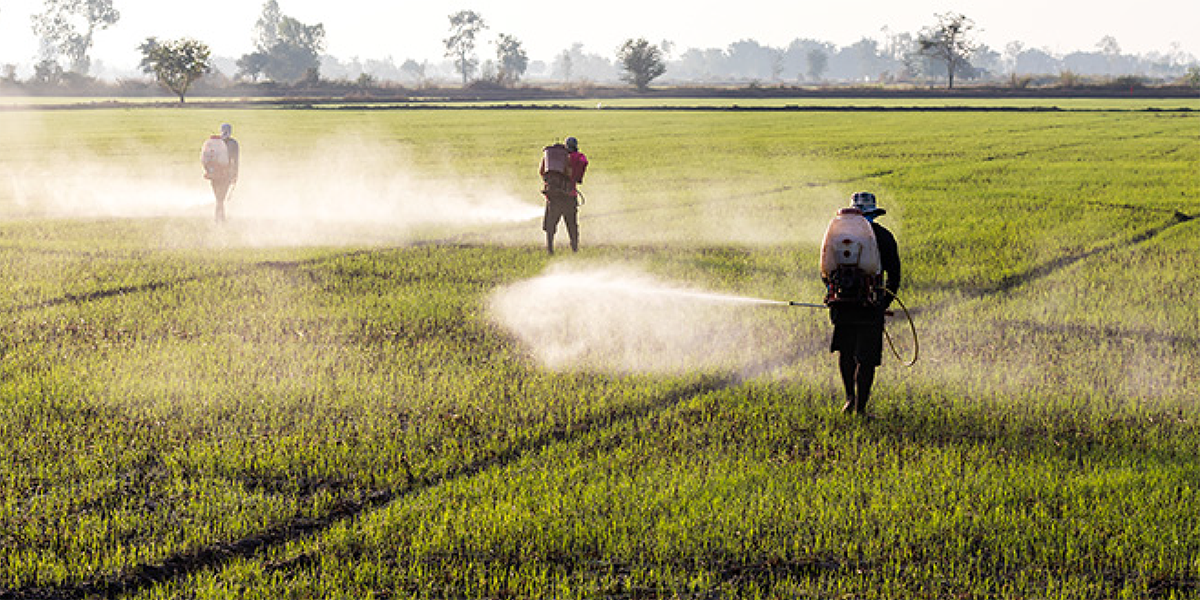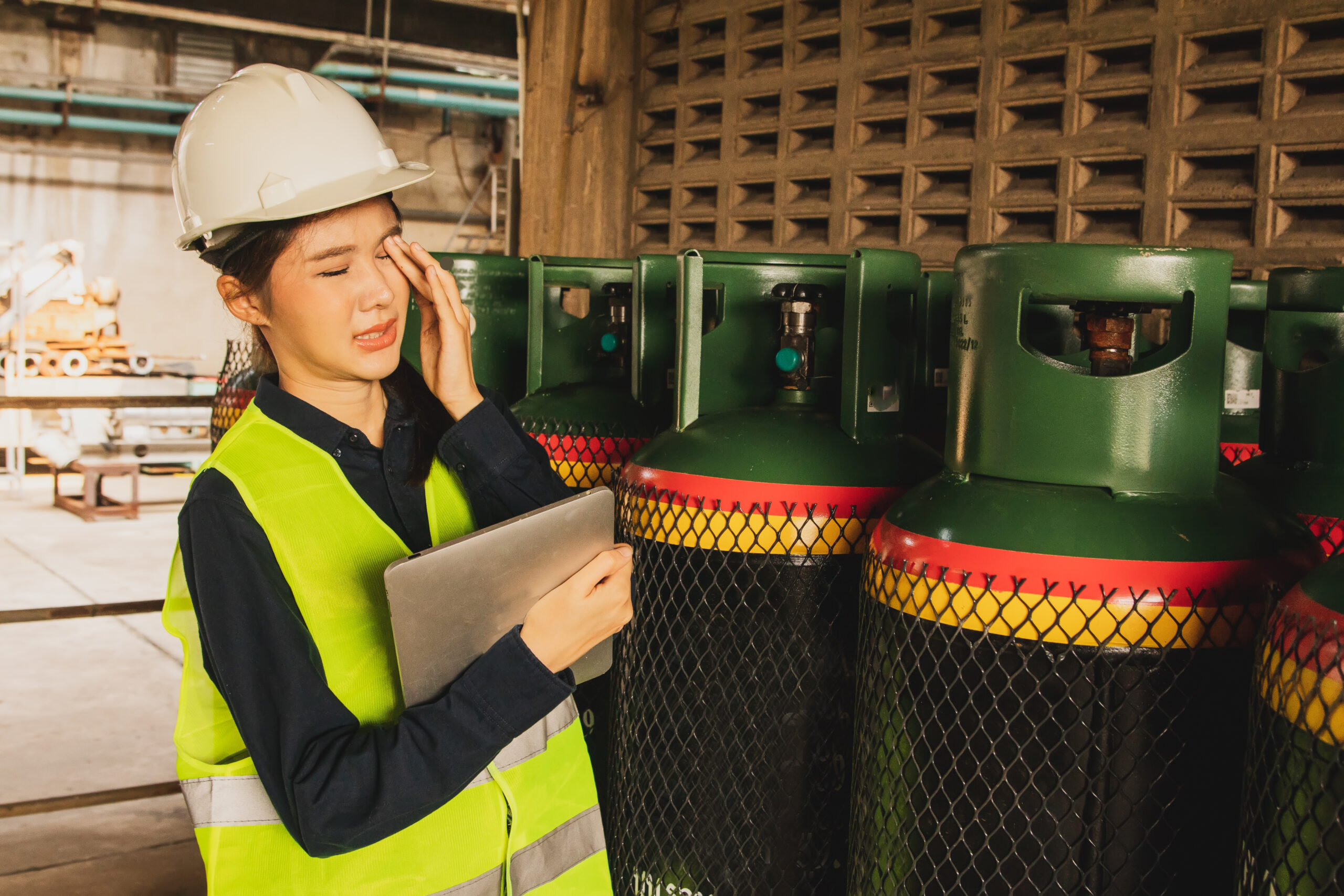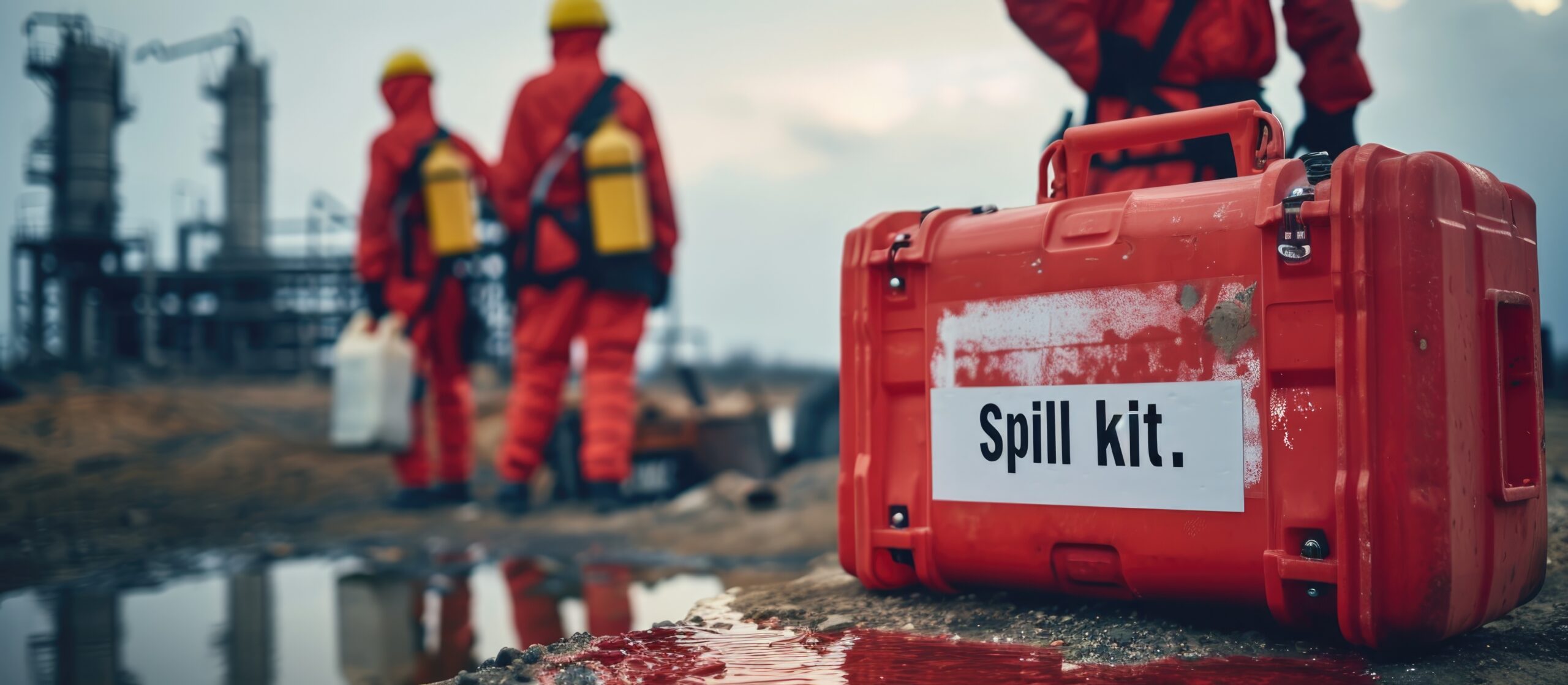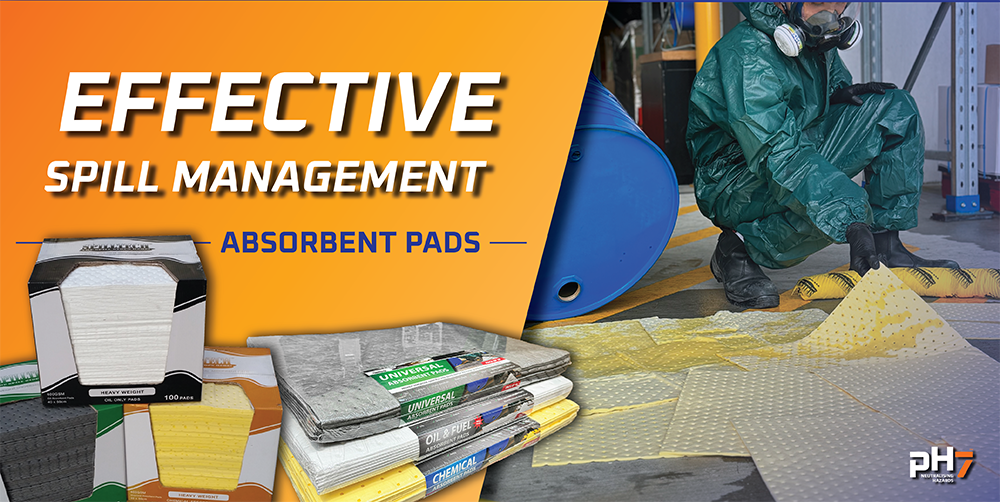Scarcely a week goes by in New Zealand news without at least one story about asbestos being discovered somewhere deemed a hazard to the public or construction workers.
From Porirua painters finding asbestos under the eaves of state homes and the University of Otago having to delay building carparks after discovering an old asbestos roof buried on site, to a West Auckland school’s ongoing battle with parents around a safe time to remove 700 tonnes of asbestos-contaminated soil from a broken cement stormwater pipe, the fact that the importance of safety regulations surrounding the handling of asbestos is so newsworthy has to be a good thing.
So why is it still so important to dedicate the first week of April to be Global Asbestos Awareness Week?
Real knowledge is a real life-saver
The World Health Organisation estimates that more than 107,000 deaths per year can be blamed on exposure to asbestos while at work – and in New Zealand, despite the high level of reporting about the dangers of handling asbestos, it remains our number one workplace killer with around 170 deaths each year.
It’s not just your own life that’s at stake
The Asbestos Disease Awareness Organisation has a section on its website dedicated to personal stories of those for whom asbestos has played a crippling – and potentially fatal – role in their lives. For example, their story of Lou’s battle with mesothelioma highlights the importance of understanding how working with asbestos can affect your friends and family too. Lou’s father worked in the building trade in Australia during the 1970s and died of pleural mesothelioma in 1985 – and she believes her diagnosis was due in a large part to washing his work clothes and cleaning out his work van. “Being diagnosed with this cancer through no fault of mine has cut my life short,” she tells the website. “I believe I have a purpose in life and that is to raise asbestos awareness and if by doing so it saves even one life from this terrible cancer then I will be pleased and will not die in vain.”

Know the rules
Although the stories keep cropping up of the dangers of handling asbestos, there still seem to be too many tradesmen and companies working in New Zealand who don’t know what is expected of them by law. As well as knowing what to watch out for when renovating, sanding, drilling or demolishing walls, there are significant regulations surrounding safe wok practices. And, what’s more, those regulations changed significantly in April 2016 meaning that, no matter how experienced you are or how long your company has been in business, it’s always a good time to brush up on the Worksafe NZ guidance.
Know what help and equipment is out there to keep you safe
This year’s Asbestos Awareness Week was marked by The New Zealand Demolition and Asbestos Association with a free education event and expo at Sky City in Auckland. As well as hearing about the science behind the threat from asbestos and some personal stories of those in the business – the expo gave the industry the chance to see some of the asbestos safety gear on offer from ph7 International.
Worksafe guidelines include the need for all asbestos removal work to be performed safely, including “correct use of Personal Protective Equipment (PPE), Respiratory Protective Equipment (RPE), safe methods of work, decontamination facilities and the disposal of all asbestos waste in a licensed landfill”.
ph7 Managing Director, Darryl Burn, said attending the expo had been a real eye-opener around how much is still needed to be done to limit the hazard posed by asbestos in New Zealand and spread the importance of safe work practices.
“One of the things that’s coming out loud and clear is just how prevalent this stuff is,” Darryl said. “Asbestos is everywhere with one speaker talking about how you can expect residential housing built in the 1950s, 60s and 70s to have the whole place covered in asbestos.”
“Another gave an example of how it’s being recognised and handled now. There was a builder who was going in to a renovation and wanting to knock out the wall – but because he was just kicking the wall through and he hadn’t realised the walls were made of fibrous cement all that fibre was getting into the air. In the end, instead of a $5000 to $6000 remediation job to replace a wall, they had a $70,000 bill for site decontamination.”
ph7 International already supplies respirators and coveralls to many of the top asbestos removal companies and has a long history of working in the New Zealand safety industry. For more information about how to source our asbestos handling equipment and what your company needs to comply with current regulations, contact us on 0800 323 223, enquiries@ph7.co.nz or via the website.







